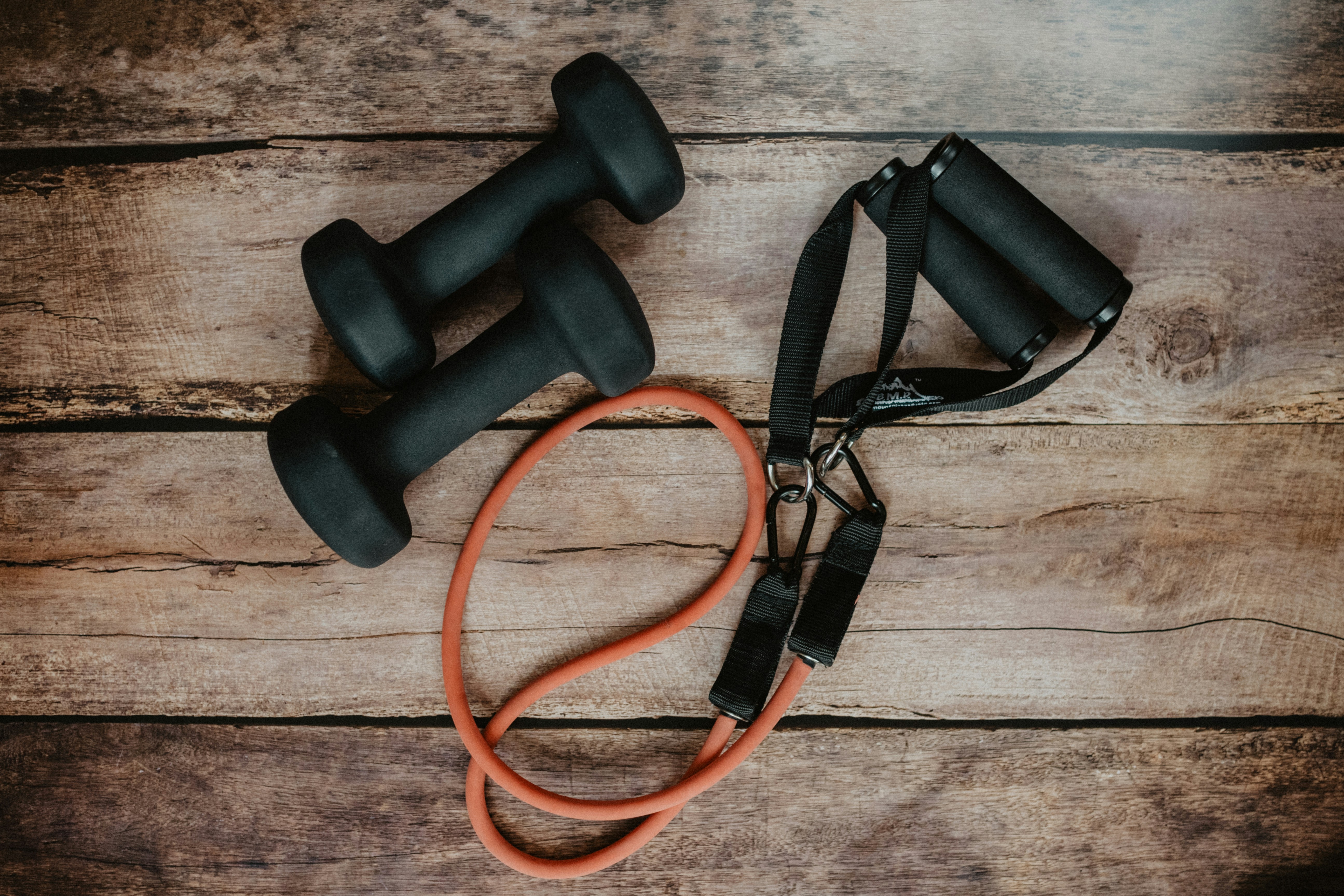
Determining the optimal duration of your gym session is a multifaceted endeavor that requires careful consideration of various factors. While it’s tempting to equate longer workouts with better results, the reality is far more nuanced. Let’s embark on a comprehensive exploration to unveil the secrets behind crafting the perfect workout duration tailored to your individual needs and objectives.
Frequency and Rest Balance
One of the key determinants of workout duration is the frequency with which you train each muscle group. Research suggests that striking a balance between workout frequency and duration is essential for maximizing gains without overexertion. For individuals engaging in 3-4 workouts per week, a session spanning between 45 to 90 minutes is deemed sufficient to stimulate muscle growth and promote overall fitness. However, if your training regimen ramps up to 6 sessions weekly, shorter but more intense workouts ranging from 30 to 45 minutes can yield comparable results. It’s crucial to tailor your workout duration to align with your body’s recovery capacity and training frequency to avoid burnout and optimize progress. Research suggests that varying training frequencies have minimal impact on overall performance. Therefore, it’s advisable to train with the frequency that aligns best with your comfort and lifestyle.
Navigating Central Nervous System (CNS) Fatigue
Intense and prolonged workouts can take a toll on your Central Nervous System (CNS), potentially hindering your performance and gains. Effective reps, as elucidated in our previous post on the subject, play a pivotal role in maximizing muscle hypertrophy while minimizing CNS fatigue. By strategically incorporating effective reps into your routine, you can optimize workout efficiency and minimize the risk of overexertion. However, it’s essential to strike a delicate balance and avoid overloading your workouts with excessive volume, as this can lead to diminishing returns and increased fatigue.
Individualized Tracking and Progression
No two individuals are alike, and what works for one person may not necessarily yield the same results for another. Tracking your progress is paramount in gauging the efficacy of your workout regimen and making necessary adjustments. Apps like SocialPump offer valuable insights into your training metrics, allowing you to monitor progress, identify trends, and adapt your workouts accordingly. Whether it’s adjusting the duration of your sessions, modifying exercise selection, or tweaking intensity levels, staying vigilant and responsive to your body’s feedback is key to long-term success.
The Perils of Overtraining
While the pursuit of fitness goals is admirable, overtraining poses significant risks to your physical and mental well-being. Excessive fatigue, persistent soreness, decreased performance, and mood disturbances are common symptoms of overtraining syndrome, a condition characterized by prolonged and unmitigated stress on the body. It’s crucial to listen to your body’s signals and recognize the importance of adequate rest and recovery in achieving sustainable progress. Incorporating rest days into your routine, prioritizing quality sleep, and practicing stress-reducing techniques can help mitigate the risk of overtraining and promote overall well-being.
Aligning with Objectives
Fitness goals are as diverse as the individuals who pursue them, and the ideal workout duration should reflect these objectives. For those prioritizing overall health and well-being, adhering to the World Health Organization’s guidelines of 150-300 minutes of moderate-intensity activity or 75-150 minutes of high-intensity activity weekly is recommended. Additionally, engaging in muscle-strengthening activities at least 2 days a week is essential for maintaining muscle mass and bone density. However, for individuals striving for peak performance and athletic excellence, a more personalized and nuanced approach is warranted. Consider factors such as sport-specific training, periodization, and recovery strategies to optimize performance and achieve your goals.
Conclusion
In conclusion, the optimal duration of your gym workout is a delicate balance between frequency, intensity, and individualized needs. By tailoring your workouts to align with your training frequency, tracking progress, avoiding overtraining, and aligning with your objectives, you can optimize your workouts for maximum efficiency and effectiveness. Remember to listen to your body, prioritize recovery, and remain flexible in adapting your routine to meet evolving goals and challenges. With patience, perseverance, and a strategic approach, you can unlock your full potential and achieve lasting results in your fitness journey.